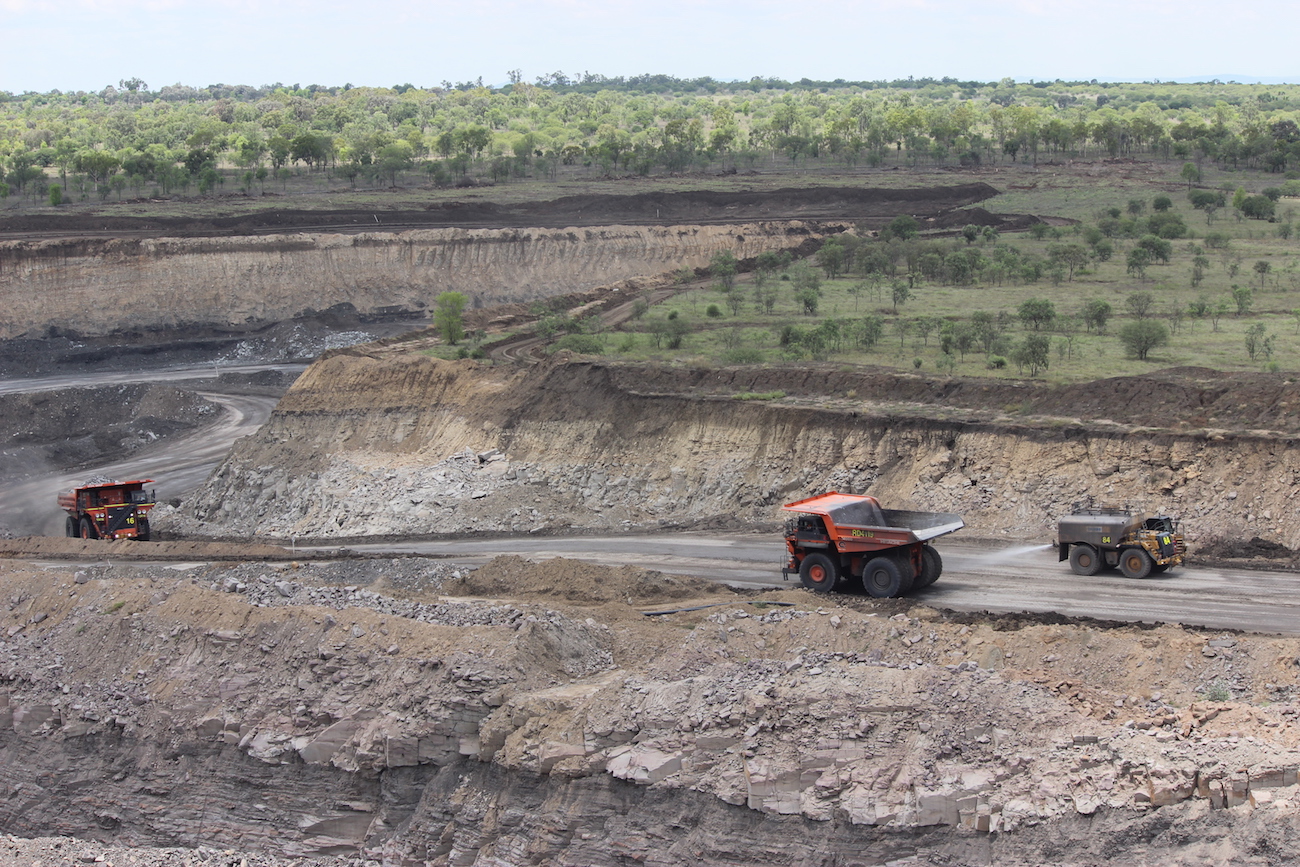
Dust monitoring is an ongoing strategy that uses sampling to estimate workers’ exposure to dust levels. In coal mines, it assesses overexposure to coal dust. Overexposure to coal dust can result in ‘black lung disease’. Coal mine workers’ pneumoconiosis is fatal. In the past 5 years, the re-emergence of ‘black lung’ has raised a cause for concern. It has brought attention to current technologies and strategies used to track dust in coal mines. The monitoring and health surveillance systems have failed coal mine workers. Underground coal mining operations are challenging compared to surface coal mining operations. High-production longwall faces produce a lot of coal dust towards the walkway area. The levels of coal dust exposure are very high.
There have been so many unresolved questions:
We seek to answer all these questions by reviewing Recognised Standard 14: Monitoring respirable dust in coal mines. Dust monitoring in coal mines will be discussed and best practice coal dust suppression methods will be provided. Global Road Technology’s innovative solutions to control coal dust at its source will be given with mention of their latest e-book on coal dust suppression which is freely available on all digital platforms.
Recognised Standard 14
Recognised standard 14: monitoring respirable dust in coal mines falls under section 37(3) of the Coal Mining Safety and Health Act 1999. Minister for Natural Resources, Mines and Energy issued it in 2018. Its purpose is to state ways to achieve an acceptable level of risk to persons working at coal mines. It provides least requirements in a coal mines safety and health management system. Gives direction about monitoring, preparing records and reporting concentrations of respirable dust levels. According to sections 49, 89 and 89A of the Coal Mining Safety and Health Regulation 2017. The approach to monitoring occupational exposure has two important assumptions:
There should be a relationship between each of the risk management process steps. Technical and administrative activities required for the monitoring process must work together. This is to achieve an effective outcome.
The risk and source of respirable coal dust
Any coal mine dust that enters the respiratory system poses a potential health risk. The respirable dust fraction that reaches the lower parts of the lungs is a priority to manage. In the lower part of the lungs, it is difficult to remove. Occupational exposure to respirable coal dust leads to scarring of the lung tissue. As a result fibrosis can develop. The chemical nature of coal renders it toxic. Its presence can result in lung cancer. Thus coal dust monitoring alone is not enough. Coal dust elimination at its source prevents onset of respiratory health hazards described. Coal dust comes from the following areas in underground coal mines:
In surface coal mines coal dust comes from the following areas:
Sampling and monitoring requirements
In answering the question, “when is the onset of overexposure?” we will focus on sampling and monitoring. Sampling involves measuring concentration of respirable coal dust. It can be personal, static or real-time sampling. Personal sampling measures the unprotected exposure to coal dust during their usual activities. This includes exposed and non-exposed times. Personal sampling applies to baseline, periodic and investigative monitoring. Baseline monitoring is for risk identification. Periodic monitoring provides information on the ongoing adequacy of exposure controls. This ensures compliance to exposure limits. Investigative monitoring is for risk analysis. Personal dust sampling does not show the source or cause of dust. Static sampling measures area specific dust levels. It identifies the source and cause of dust generation. This enables targeted dust control efforts. Real time sampling uses a direct-reading device to measure dust concentrations. Baseline monitoring establishes the initial estimate of exposure for the similar exposure group. Periodic monitoring is risk based. It depends on the baseline monitoring estimate of exposure. Investigative monitoring happens when a personal sample exceeds the relevant exposure limit. It’s done to determine the absent or failed control that contributed to the measured exposure. Either a short or long term action plan is implemented to prevent reoccurrence.
A serious risk
Coal dust is dangerous. Any form of exposure poses safety and health risks to coal mine workers. Exposure to coal dust can result in coal mine workers pneumoconiosis. Its progression can result in death. The lives of coal mine workers are at risk if coal dust monitoring is not complemented with dust control at its source. It is possible to control coal dust at its source. This takes priority in achieving total elimination of coal dust at its source. The sampling and monitoring can be improved by stopping dust at its source. How can coal dust be prevented at its source? Global Road Technology offers innovative coal dust suppression solutions. GRT Activate and GRT Activate UG achieve improved wettability of coal. Their mechanism of action lowers the surface active energy of water which improves binding of coal dust particles. In Global Road Technology’s recently published coal dust suppression e-book, a GRT Activate case study is provided. The site issues are described and the GRT solutions are provided. A detailed explanation of the areas of concern is given. The follow up with feasible and cost effective solutions is provided. GRT Activate is non-toxic, biodegradable and has a low carbon footprint. Coal dust monitoring and sampling is ineffective when used alone. Instead it should be used with dust suppression solutions which eliminate dust at its source. This approach to dust mitigation saves lives – the safety and health of coal mine workers is at risk if coal dust is not managed at its source.
Your feedback is important to us. If you enjoyed reading this Global Road Technology industry update and found it informative, please let us know by leaving a REVIEW.
REFERENCES